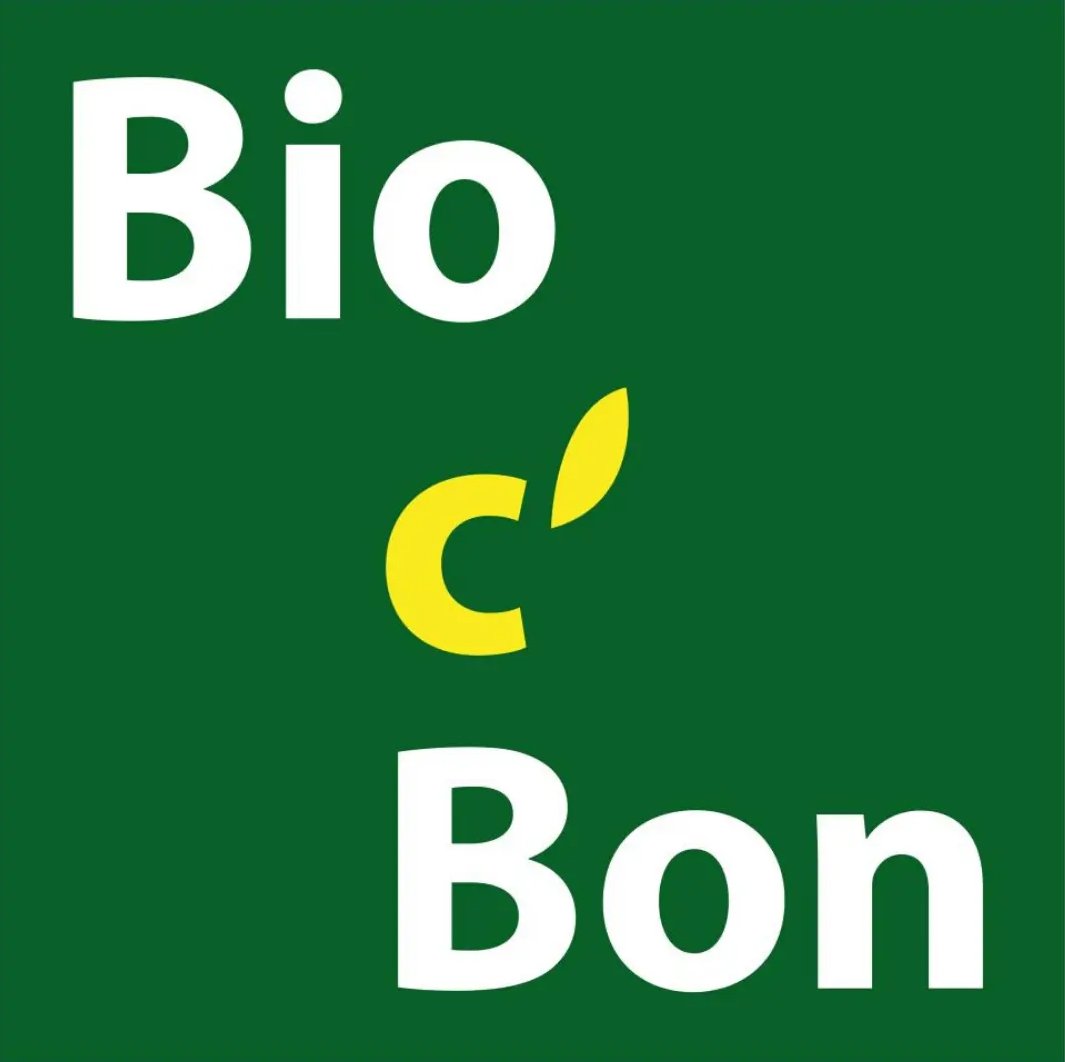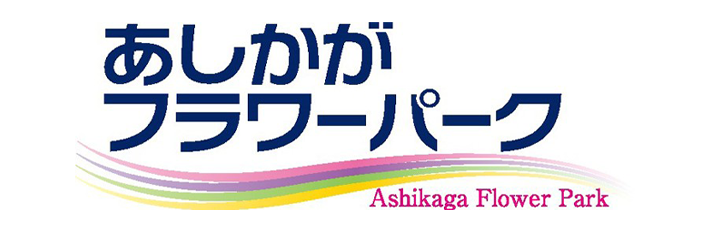 CategoriesCeylon Tea Facts and Knowledge
CategoriesCeylon Tea Facts and Knowledgeセイロン紅茶物語
セイロン紅茶物語

In the 1860s, Sri Lanka’s agricultural export product was coffee. In 1869, most of the plantations were damaged by Hemileia vastatrix mold, forcing planters to switch to other agricultural products. The owner of Loolecondera Estate had been interested in tea since around 1850, and James Taylor, who arrived in Sri Lanka from Scotland in 1866, began the development of tea in Sri Lanka, working on the first tea plantation and establishing a 19-acre plantation in 1867, which marked the beginning of Ceylon tea.
Taylor acquired the basic knowledge of tea cultivation from North India, and in his early experiments in production he used a bungalow verandah as a factory, rolling the leaves by hand, and using charcoal on a charcoal brazier to oxidize the tea leaves, as well as wire mesh trays, through trial and error. His early teas were sold locally and were well received. In 1872 he set up a fully equipped factory and in 1873 his first batch of tea fetched a premium price at London auction. His enthusiasm and determination contributed greatly to the early success of Ceylon Tea, which grew from 23 tonnes in 1873 to 81.3 tonnes in 1880 and 22,899.8 tonnes in 1890. Most of the plantations are in the two southwestern districts of Sri Lanka, at altitudes between 3,000 and 8,000 feet, and are located east of Colombo and Galle in the south. In the warm misty plains and hills the tea plants grow their leaves every 7-8 days and can be picked all year round. The best leaves are harvested in the eastern district from late June to late August, while in the western district the leaves are harvested from early February to mid-March.
Until 1971, more than 80% of the plantations were owned and operated by British companies, but in 1971, most of the plantations were nationalized (including rubber and coconut, which were grown for export) by a Sri Lankan government ordinance, and about one-third were privatized. From 1990, restructuring was carried out and the nationalized plantations were privatized (by domestic and foreign companies). Due to domestic circumstances, Sri Lanka, which was once the world’s number one producer of tea, fell to eighth place in 1993. Manufacturers were forced to make decisions on production methods, production range, export markets, etc. At one time, the UK was Sri Lanka’s largest market, but now nearly 70% of production is shipped to Russia, the Middle East, and North Africa. The Middle Eastern market prefers traditional, orthodox black tea, but consumers are steadily shifting to European-style black tea and are beginning to demand black tea in teabags.
Tea grown and produced in high altitude mountains is called Ceylon Tea Champagne!
Sri Lanka’s traditional black tea, acclaimed to be the best in the world among high quality black teas, is not suitable for tea bags. In 1993, 3% of production was CTC, but manufacturers were forced to decide to transfer to CTC in order to capture a wider market. Some companies believe that there is still a market for traditional orthodox black tea, while others see a shift to CTC in the future. Customers are always attracted to the increase in processed black teas, so a wide variety of canned, crated and basketed black teas are available today. Products made with 100% Sri Lankan tea leaves carry the lion logo, invented by the Sri Lanka Tea Board, which guarantees the origin of the tea and protects the image of Sri Lankan black tea.
The best tea leaves in Sri Lanka come from plantations above 4000 feet above sea level. This is because the trees grow slowly in the cool environment and are planted on high sloping mountains where picking tea is difficult in frosty weather. There are six main tea producing areas, Galle in the south of the island, Ratnapura 55 miles east of Colombo, Kandy the ancient capital in the centre, Nuwara Eliya the highest producing area, Dimbula to the west of the central mountain range and Uwa east of Dimbula. The teas produced in each area have different aromas, flavours and colours. Lowland teas are produced at 1500-1800 feet and are inferior in colour, quality, aroma and flavour to mid-highland and highland teas and are mainly used for blending. Mid-highland teas are produced at 1800-3500 feet and have good aroma, flavour and colour, which I think is a quality that Japanese people prefer. Tea brewed at altitudes of 3,500-7,500 feet produces a delicious aroma, a glossy finish and a clear color.

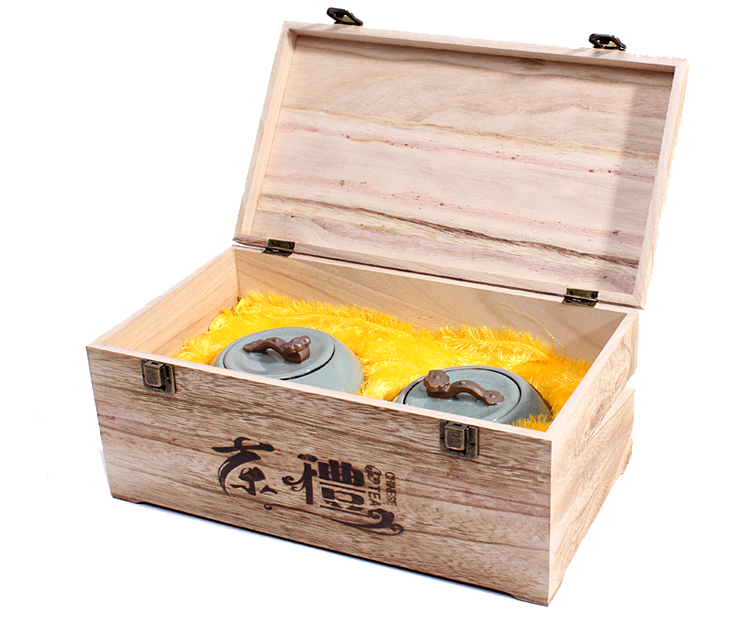


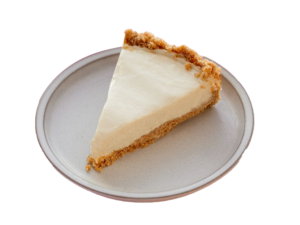


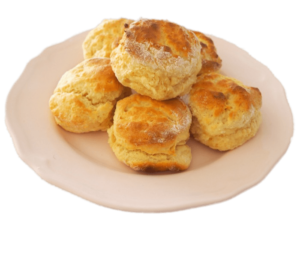

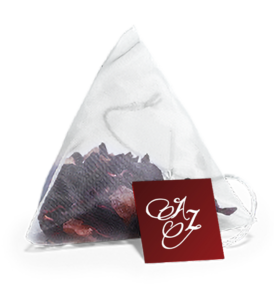

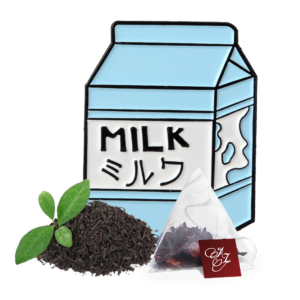
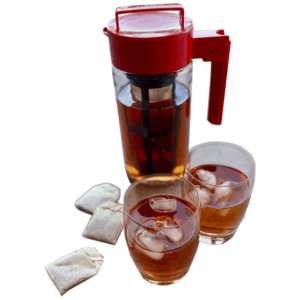
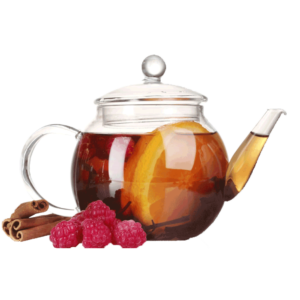

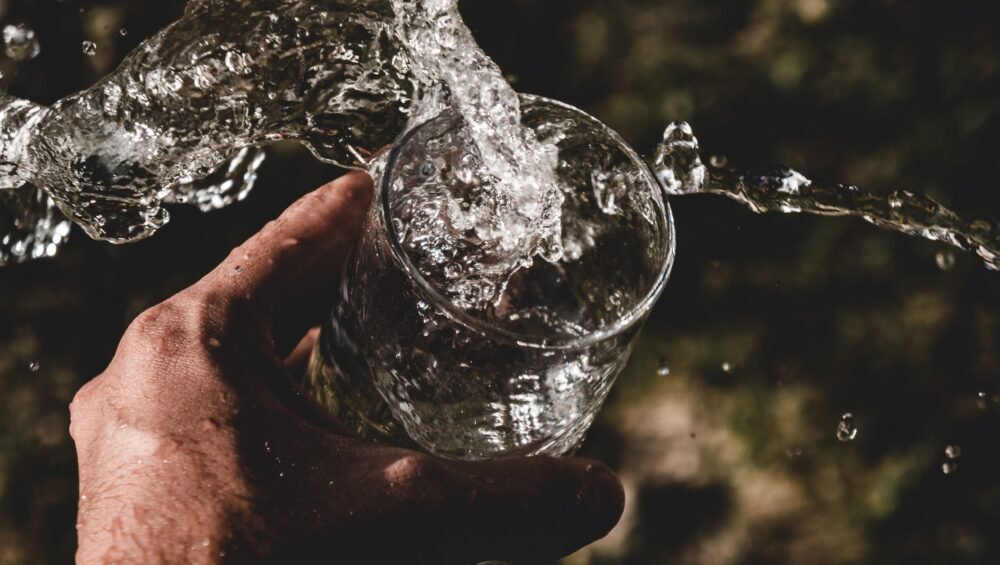


















 緑茶と紅茶は木が同じです。この世に原木は2つしかなくインドのアッサム地方にある木と中国のフジアン地方の木になります。シルクロードでアラブ商人や大英帝国の大航海時代に様々な地方に運ばれアフリカから日本まで広い範囲に分布している。無発酵が緑茶、半発酵がウーロン茶に完全発行が紅茶と分類されます。栽培される土壌の良さ、その天候、寒暖の差、雨量、農家の愛情、製造法の違い等々が変化に富んだ茶を生み出している。
緑茶と紅茶は木が同じです。この世に原木は2つしかなくインドのアッサム地方にある木と中国のフジアン地方の木になります。シルクロードでアラブ商人や大英帝国の大航海時代に様々な地方に運ばれアフリカから日本まで広い範囲に分布している。無発酵が緑茶、半発酵がウーロン茶に完全発行が紅茶と分類されます。栽培される土壌の良さ、その天候、寒暖の差、雨量、農家の愛情、製造法の違い等々が変化に富んだ茶を生み出している。










